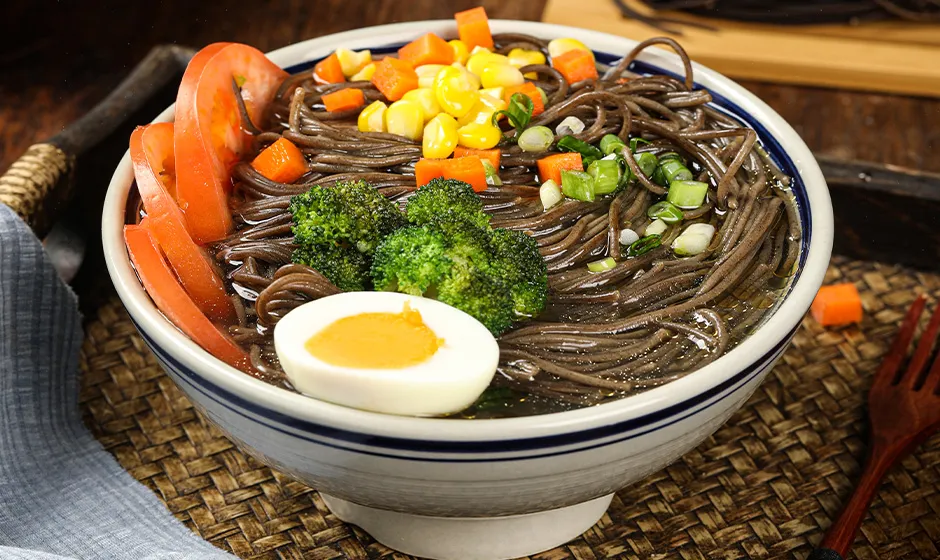types of soba
Exploring the Different Types of Soba A Japanese Culinary Delight
Soba, a traditional Japanese noodle made from buckwheat flour, has become a beloved staple both in Japan and around the world. With its rich flavor, nutritional benefits, and versatility, it can be enjoyed in numerous ways. There are several distinct types of soba dishes, each offering unique flavors and textures. Let’s dive into the world of soba and explore its various types.
1. Zaru Soba
One of the most popular ways to enjoy soba is in the form of Zaru Soba. This dish features chilled buckwheat noodles served on a bamboo mat (zaru) and accompanied by a dipping sauce called tsuyu. Zaru Soba is typically garnished with green onions, wasabi, and sometimes nori (seaweed), adding to its refreshing taste. Served during hot summer months, this dish provides a light and satisfying experience, perfect for beating the heat.
2. Kake Soba
In contrast to Zaru Soba, Kake Soba is served hot in a savory broth. This comforting dish is often enjoyed during colder months. The broth is made from a simple mixture of dashi (fish stock), soy sauce, and mirin (sweet rice wine), creating a delectable umami flavor. Kake Soba can be topped with various ingredients, such as green onions, tempura, or even a raw egg, allowing for a customizable culinary experience.
3. Tempura Soba
Combining the best of both worlds, Tempura Soba features a serving of hot or cold soba noodles paired with tempura—a style of deep-fried seafood and vegetables. The contrast between the crispy tempura and the tender noodles creates a delightful texture. The flavors meld together beautifully, while the tempura adds a richness to the dish. This combination is a favorite, often enjoyed as a special treat or during festive occasions.
types of soba

4. Tsukimi Soba
Tsukimi Soba, which translates to “moon-viewing soba,” is a dish traditionally enjoyed during the Japanese harvest moon festival. This elegant dish features hot soba noodles topped with a soft-boiled or poached egg, symbolizing the full moon. The addition of the egg not only enhances the presentation but also adds a creamy texture to the dish. Seasoned with soy sauce and garnished with green onions, Tsukimi Soba is a comforting autumn favorite.
5. Cha Soba
Cha Soba, or green tea soba, is an exciting variation that incorporates matcha (green tea powder) into the dough, giving the noodles a distinct green color and earthy flavor. This type of soba can be enjoyed both chilled or hot and is often served with a dipping sauce or in a broth. Cha Soba is not only visually appealing but also offers unique health benefits associated with green tea, making it a popular choice among health-conscious diners.
6. Inaka Soba
Inaka Soba, translating to “country soba,” is a rustic version made using a mixture of buckwheat flour and whole grains, resulting in a heartier texture. This type is often less refined and has a more pronounced nutty flavor. Inaka Soba is typically served in a simple hot broth with minimal toppings, allowing the natural flavors of the noodles to shine. This dish embodies the essence of traditional Japanese countryside cuisine.
Conclusion
Soba noodles are a fantastic representation of Japan's culinary diversity. The various types of soba, from Zaru Soba to Inaka Soba, highlight the versatility of this cherished dish. Each variety offers a distinct experience, whether you're in the mood for a refreshing chilled meal or a warming hot bowl. As soba continues to gain popularity beyond Japan's borders, it invites food enthusiasts to explore its rich cultural heritage and savor the multitude of flavors it has to offer. Whether enjoyed in a bustling city or a quiet countryside, soba remains a beloved dish, celebrating both tradition and innovation in Japanese cuisine.
-
fast-cook-noodles-convenient-staples-for-modern-lifestylesNewsAug.23,2025
-
italian-noodles-versatile-staples-of-global-cuisineNewsAug.23,2025
-
italian-noodles-a-timeless-culinary-heritageNewsAug.23,2025
-
instant-cold-noodles-a-refreshing-culinary-convenienceNewsAug.23,2025
-
buckwheat-noodles-the-art-and-nutrition-of-handmade-sobaNewsAug.23,2025
-
low-calorie-soba-noodles-a-nutritious-choice-for-healthy-eatingNewsAug.23,2025
-
The Wholesome Delight of Organic NoodlesNewsAug.15,2025
Browse qua the following product new the we







